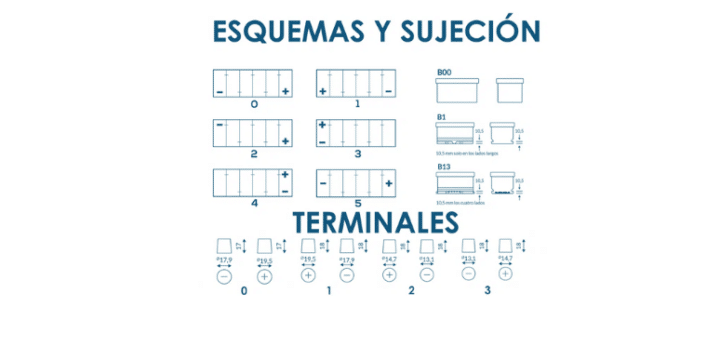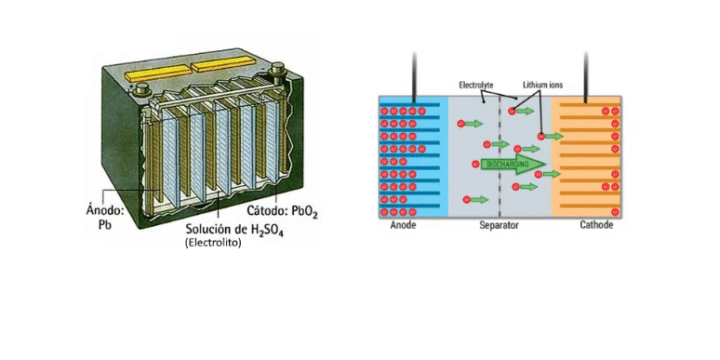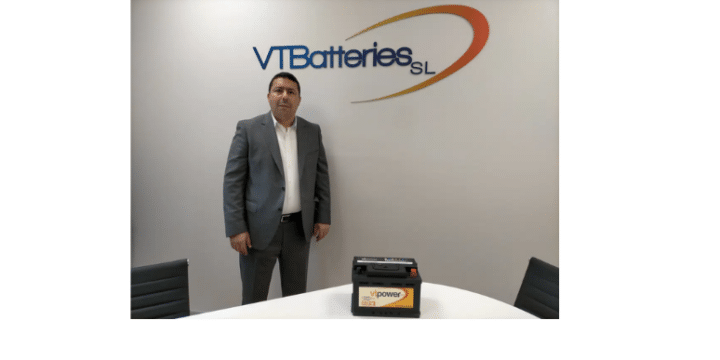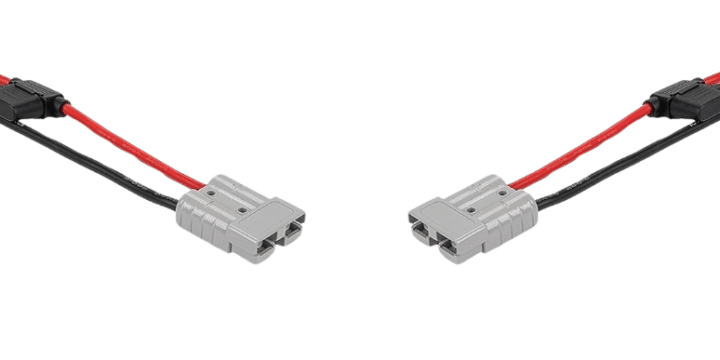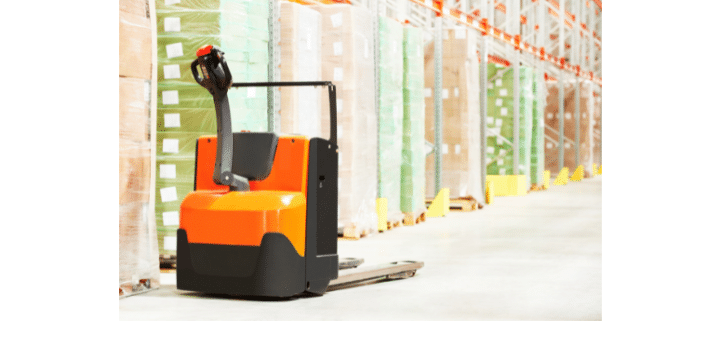
The hard life of a Traction Battery
Traction batteries. The batteries that "have the worst life" Currently, three types of batteries can be differentiated: starting, stationary and traction batteries. Starting batteries: High current peaks are demanded during short periods of time. Once the engine starts, the alternator starts to charge them. Its normal state, the 90% of its life is of rest to full load and its design is oriented to increase the number of plates, diminishing its thickness, to increase the surface of plate in contact with the electrolyte, which is the characteristic of the battery that facilitates high intensity peaks. Stationary Batteries: These batteries operate with medium depth discharges and slow recharge. Normally, they provide service to alarms or emergency equipment that come into operation only once...

